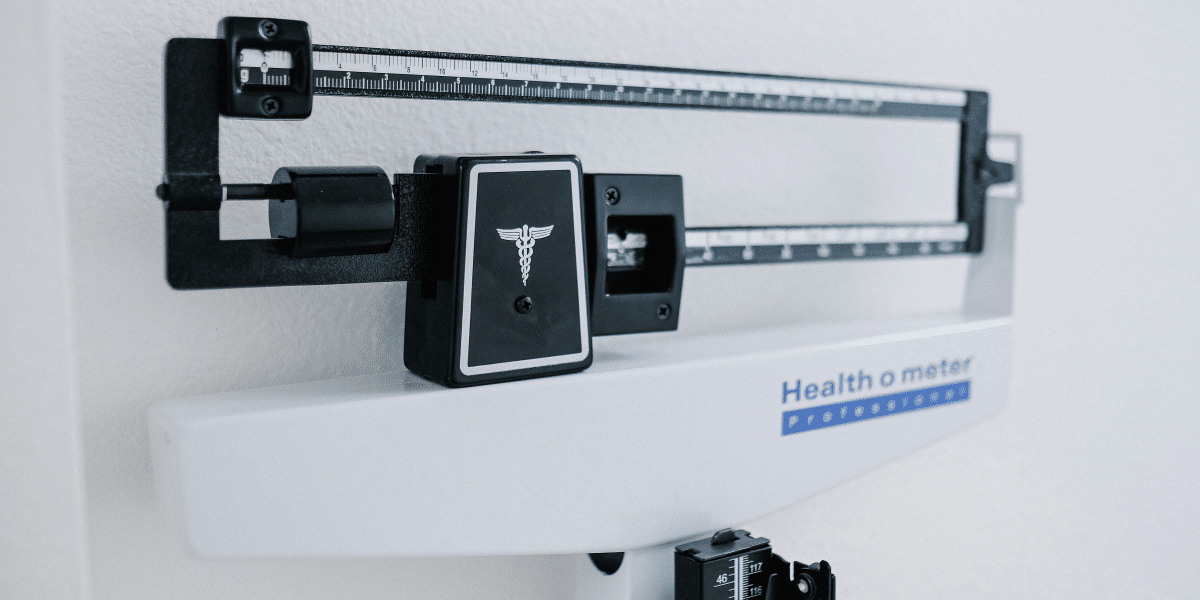88 Tactical Highlights Youth Leadership Development Through Tactical Training
In a world that is becoming increasingly complex and challenging, the need to equip our youth with leadership skills has never been more critical. Tactical training, often associated with law enforcement and military disciplines, offers an unexpected but fertile ground for developing these crucial abilities in young individuals. Programs like those offered by 88 Tactical are pioneering in this space, demonstrating that the principles underlying tactical training can significantly contribute to youth leadership development.
The Foundation of Leadership in Tactical Training
Tactical training, at its core, is about preparing individuals to make quick, informed decisions in high-pressure situations. This foundation is incredibly relevant to leadership development, as it emphasizes critical thinking, problem-solving, and teamwork—skills essential for any leader.
Critical Thinking and Decision Making
One of the primary benefits of tactical training is its emphasis on critical thinking and decision making. Young individuals learn to assess situations quickly, consider various outcomes, and make decisions that could have significant impacts. This process closely mirrors the decision-making process in leadership roles, where choices often have far-reaching consequences.
Teamwork and Communication
Tactical training inherently requires teamwork. Participants learn to communicate effectively, delegate tasks, and support each other to achieve common goals. These experiences in collaboration and communication are directly transferable to leadership, where the ability to work with others and articulate ideas clearly is paramount.
Handling Pressure and Adapting to Change
Leaders are frequently under pressure and must adapt to rapidly changing situations. Tactical training provides a controlled environment where youth can learn to manage stress, maintain composure, and adapt strategies as situations evolve. These experiences build resilience and flexibility, qualities that are invaluable for leaders.
Building Confidence and Responsibility
A significant aspect of leadership is confidence in one’s abilities and a sense of responsibility for one’s actions and their impact on others. Tactical training programs, particularly those focused on youth development, place a strong emphasis on building self-confidence and instilling a sense of responsibility.
Empowerment Through Skill Development
Learning and mastering new skills, especially those that have real-world applications, can be incredibly empowering for young individuals. This sense of accomplishment boosts self-esteem and confidence, qualities that are essential for effective leadership.
Understanding the Impact of Actions
Tactical training also teaches that actions have consequences, and it encourages participants to consider the effects of their decisions on their team and the broader community. This understanding fosters a sense of responsibility, a critical attribute for any leader who must make choices that affect others.
The Role of 88 Tactical in Youth Leadership Development
88 Tactical, whose organization name originates from law enforcement code 88, indicating that all is safe, stands out as a leader in integrating tactical training with youth leadership development. Their programs are designed not just to teach tactical skills but to cultivate the qualities necessary for leadership in young participants.
Tailored Youth Programs
Understanding that leadership skills can be nurtured from a young age, there are programs offered specifically tailored to young individuals. These programs focus on developing not only physical skills but also critical life skills that form the foundation of strong leadership.
Creating a Supportive Environment
By creating a supportive and challenging environment, itl encourages young individuals to step out of their comfort zones, take on leadership roles, and engage in teamwork. This environment plays a crucial role in helping youth realize their potential as leaders.
The Impact on the Community
The benefits of integrating tactical training into youth leadership development extend beyond the individual participants. These programs have a profound impact on the community as a whole.
Cultivating Future Leaders
By investing in the leadership development of its youth, the community is essentially cultivating its future leaders. These are individuals who will be equipped with the skills to make positive changes, guide others, and face challenges with resilience and ingenuity.
Enhancing Community Safety and Cohesion
Tactical training also contributes to community safety. Young leaders who are confident, responsible, and skilled in emergency preparedness can play pivotal roles in enhancing the safety and cohesion of their communities.
Conclusion: A Future-Forward Approach to Leadership Development
Integrating tactical training into youth development initiatives represents a forward-thinking approach to nurturing the next generation of leaders. The unique combination of physical skill development with critical thinking, teamwork, and responsibility offers a comprehensive model for leadership education. Programs like those offered by 88 Tactical are at the forefront of this innovative approach, providing young individuals with the tools they need to lead confidently, responsibly, and effectively. As we look to the future, the role of tactical training in shaping capable, resilient leaders is poised to become increasingly vital, laying the groundwork for stronger communities and a safer world.
Published by: Nelly Chavez
















